Does your wardrobe include a half-zip jumper and a flannel shirt? Is your fantasy car a vintage Land Rover Defender? Do you know a buff Cochin from a bantam hen? If the answer is yes, you may just be one of the style icons of the season: a Rich…
Category: 5. Entertainment
-
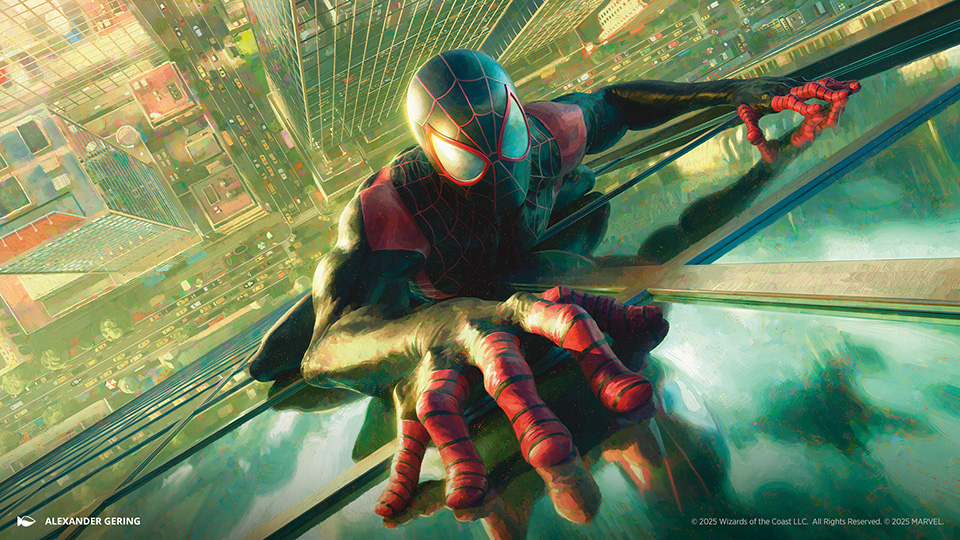
Under the Mask with Magic: The Gathering®
Greetings, True Believers. Join us for a swing through our creative approach to developing Magic: The Gathering® | Marvel’s Spider-Man!
Under the mask, I’m Aaron Mesburne, a senior narrative game designer on the Universes Beyond team. I’ve been…
Continue Reading
-
Picasso portrait of muse Dora Maar in vivid hat, long hidden from view, on auction in Paris – San Francisco Chronicle
- Picasso portrait of muse Dora Maar in vivid hat, long hidden from view, on auction in Paris San Francisco Chronicle
- Rediscovered Picasso portrait presented in Paris ahead of much-anticipated auction Yahoo News Canada
- Rediscovered Picasso portrait…
Continue Reading
-
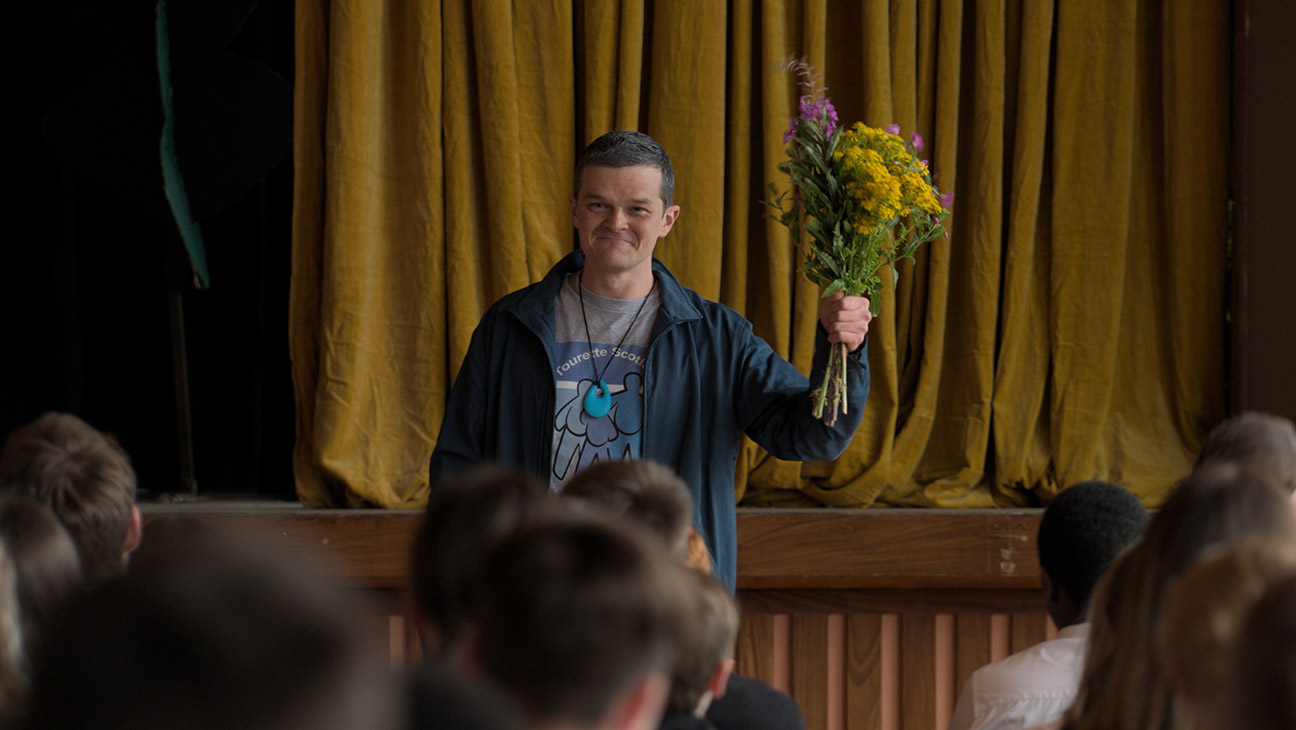
Sony Pictures Classics Takes Kirk Jones’ Tourettes Film ‘I Swear’
Sony Pictures Classics has acquired Kirk Jones’ crowd-pleasing real-life dramedy I Swear after the film’s successful debut in Toronto last month.
Sony picked up rights in the U.S. and multiple international territories, including…
Continue Reading
-
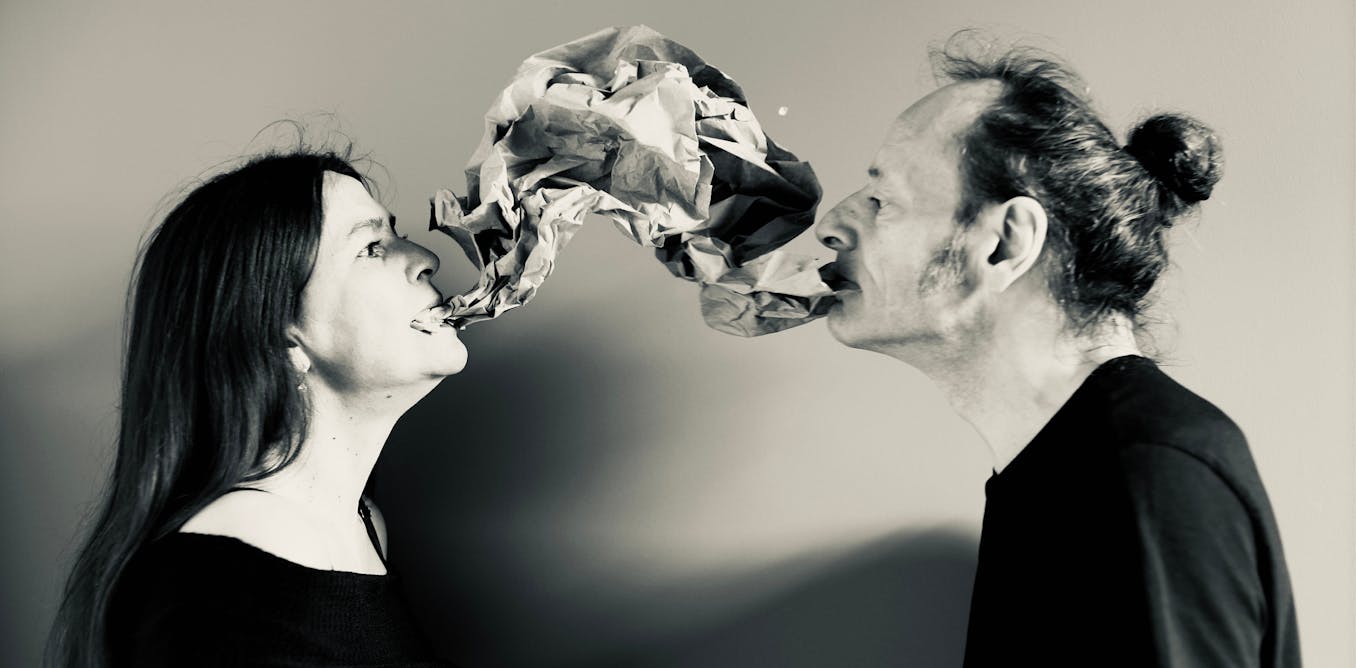
Barbican festival highlights endangered languages and their connection to art
Throughout October, the Barbican in London is hosting Voiced: The Festival for Endangered Languages. It’s the first UK festival for artists who create in indigenous languages and dialects. And it explores themes of art, language, the idea…
Continue Reading
-
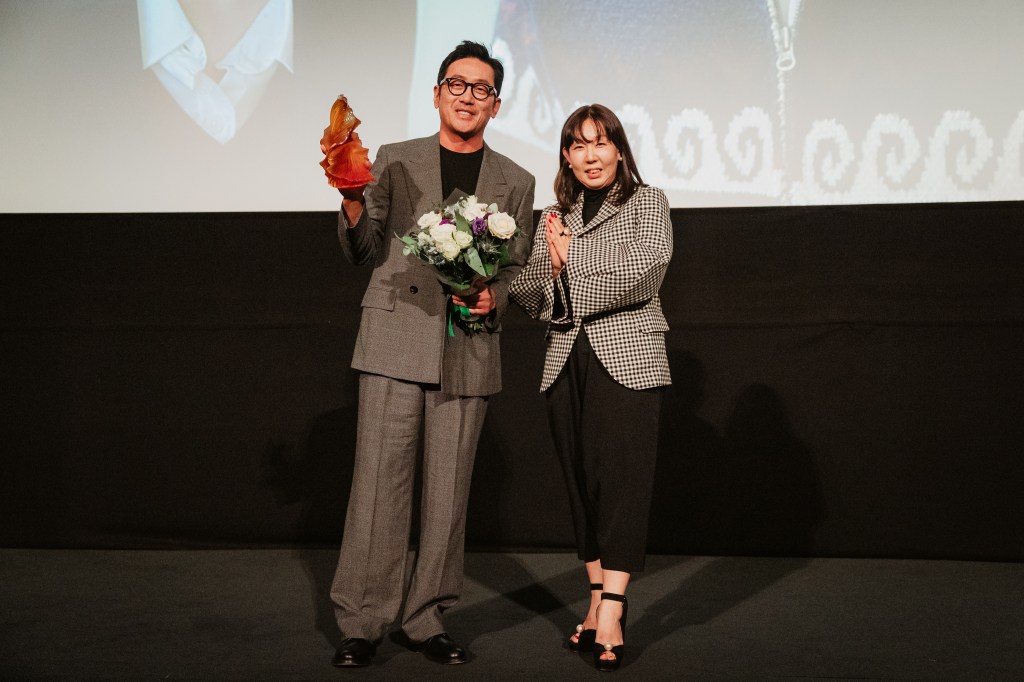
Ha Jung-Woo Accepts Honorary Award From The London East Asia Film Festival
The 10th London East Asia Film Festival got off to an action-packed start last night with a brand-new print of John Woo’s 1992 undercover cop drama Hard Boiled, starring Chow Yun-fat and Tony Leung. Present at the event — to receive an…
Continue Reading
-
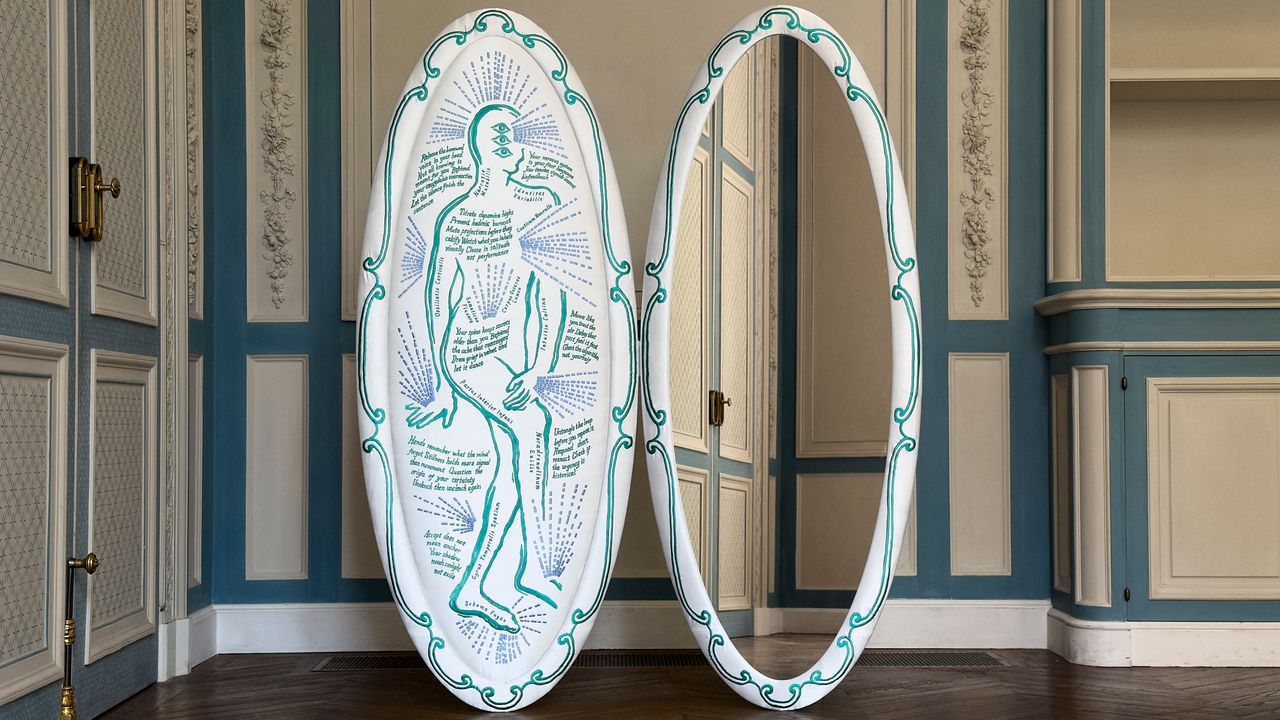
At Paris Art and Design Week, Big Tech Looms–But Humanity Shimmers Beneath It
“Nobody stops at a stop sign and thinks: ‘When are they going to redesign that? It’s so old!’”
So declared Susan Kare, the American artist and graphic designer, during a design panel in Paris for the buzzy digital security company…
Continue Reading
-

Mika Singh to bring his ‘Gunda’ energy to Bigg Boss 19 Weekend Ka Vaar with Salman Khan
Mika Singh will bring his signature swag and fun energy as he joins Salman Khan to promote his new party anthem ‘Gunda’.
Published: Friday,Oct 24, 2025 14:03 PM GMT+05:30
Image Credits: Instagram Bigg Boss 19 is getting more dramatic with each…
Continue Reading
-
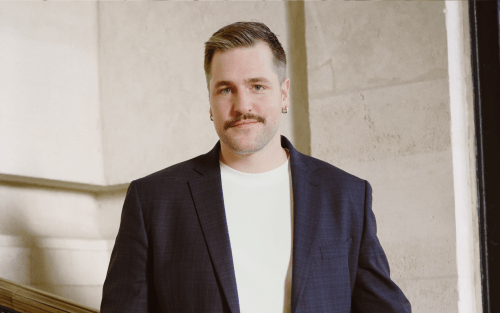
Karim Crippa appointed as director of Art Basel Paris
EN I FR
Art Basel is delighted to announce that Karim Crippa is appointed as director of Art Basel Paris. Taking up the role from November 1, 2025, Crippa will lead the Paris show into its next chapter, working closely with participating…
Continue Reading
-
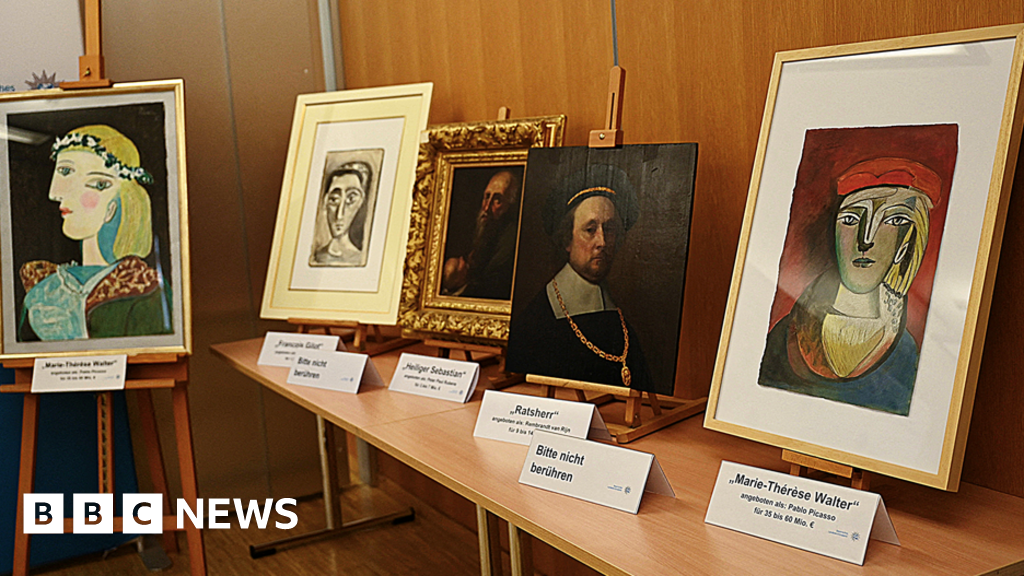
German police seize fake Picassos in multi-million euro forgery raid
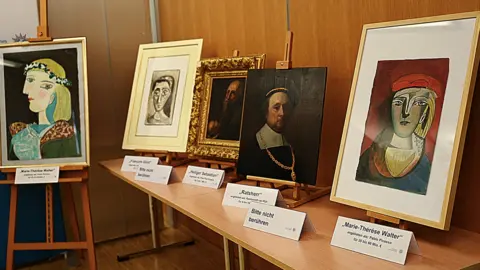 Reuters
ReutersForged art claiming to show works by famous artists, including Picasso and Rembrandt, has been seized by police Bavarian police have seized millions of euros worth of forged art claiming to show works by Picasso, Rembrandt and Kahlo in an…
Continue Reading
